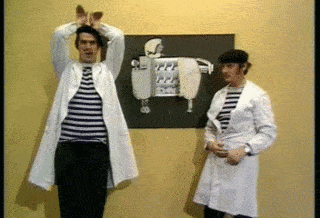Posts posted by Txzen
-
-
-
-
-
-
-
-
-
-
-
-
-
-
-
Edited by Txzen
Love my Peak Design 45l and 30l. F the haters.
Bought my son this one and it’s well made.
https://aersf.com/collections/travel-collection/products/travel-pack-3?country=US&gad_source=1&gbraid=0AAAAADQBnFicucHaWYknwE2dPZNOXmnL8&gclid=CjwKCAjwmaO4BhAhEiwA5p4YL7PF0akNUfurXxDfZ08jC_ZpgvMnNeCq8HCNzKUxcOjx7ew7FKtVERoC-KIQAvD_BwE -
-
Edited by Txzen
On 10/1/2024 at 9:31 AM, texifornia said:#8 Miami @ Cal - 10:30 / 9:30 ESPN: Gameday actually picked a fun matchup for their first-ever trip to Berkeley. The Golden Bears are rugged, if not particularly good at offense, and Memorial Stadium will be cold, foggy, and packed for the explosive but fragile 'Canes. #ACCAfterDark!
Ahh, nope. We're in the middle of our 'summer' in these parts, with a weather pattern we get for a few weeks usually in mid-Sept to early October. Currently excessive heat warnings all week. The high Sunday in Berkeley will be the low 90s, and even gametime will still be in the 80s. No onshore fog this week, at least as it stands now. The Cal players may drop from the heat, while the Miami players will be putting on their winter gear.
-
-
-
-
-
-
-
-




Texas vs Georgia - 6:30pm on ABC
in Football
Eh, maybe but arch doubled our running yards. Before giving it up, of course.